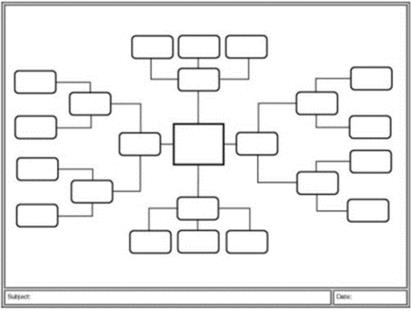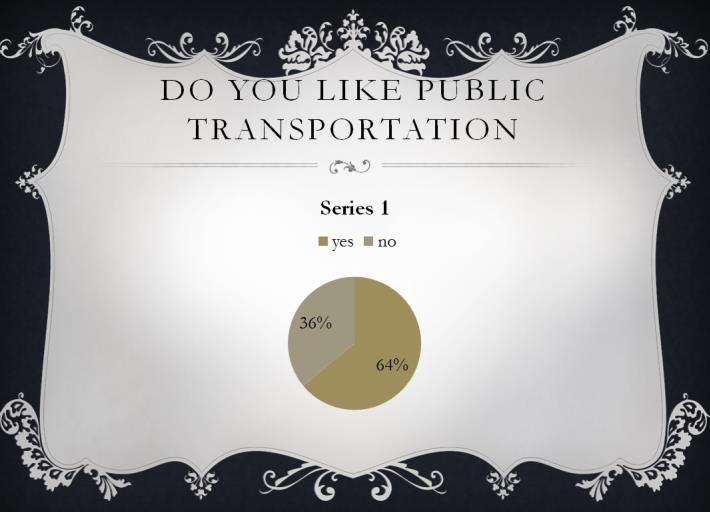|
| |
US Social Issues Survey ProjectKathleen Reynolds, Harper College 1. Background Research Individually, students watch news stories, completing a summary and reflection handout. I select the first round of news stories to promote a diversity of opinion; for instance, on the topic of fast food, students view clips that describe the health dangers of fast food, but also segments from PBS Newshour describing the concept of food deserts (http://www.pbs.org/newshour/bb/health-jan-june10-food_06-03/ ). 2. Group Discussion/Issue Mapping  Students work with their group to share their summaries and reflections. Together, the group completes the Issue Map, with each branch representing a different opinion on the topic and the main reasons supporting that opinion. Students work with their group to share their summaries and reflections. Together, the group completes the Issue Map, with each branch representing a different opinion on the topic and the main reasons supporting that opinion.3. Question Development What makes an effective survey question? We review the differences between open-ended and closed-ended questions, and develop three types of questions for a survey: a closed question with a yes/no or agree/disagree response; a question that asks for a reason; and a question that asks for potential solutions. Groups submit the questions for a final grammar check. 4. Survey Each student surveys ten people on our campus using the questions and takes notes on a chart. Survey respondents cannot be ESL department staff, teachers, or students. While students initially balk at the idea of surveying strangers, this part of the project has always gone well. Armed with some expressions for leading off (We’re doing a project for class. Do you have time to answer a few questions?), students feel empowered by their interactions with native or highly-proficient English speakers on campus. With respondents’ permission, students can also record the conversations for later playback and analysis. 5. Presentation Groups compile their data and look for patterns. Were responses different for men versus women, or for faculty/staff versus students? For the final presentation, students work from a PowerPoint template I provide that asks them to explain the background of their topic and different points of view on the topic, share their survey data using charts or graphs, and reflect on the experience. They conclude by asking the rest of the class about the topic, which elicits great student-led discussion and cultural comparisons.  Learning about varying opinions from background research and then hearing those opinions expressed by real people has been eye-opening to my students. They come away from the project with a more nuanced, informed understanding of the diversity of opinion in the United States—and lots of authentic listening and speaking practice. Kathleen Reynolds is an ESL Instructor at Harper College in Palatine, Illinois. | |
| The ITBE Link - Summer 2014 - Volume 42 Number 2 |